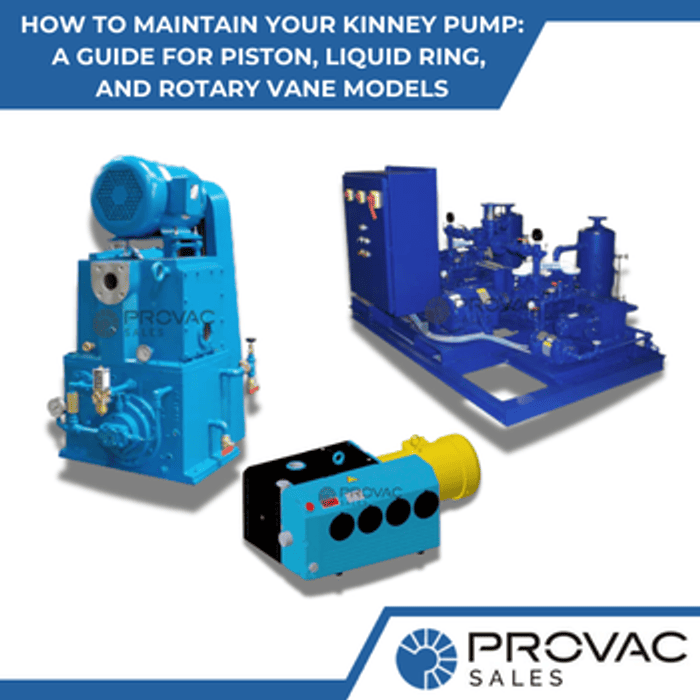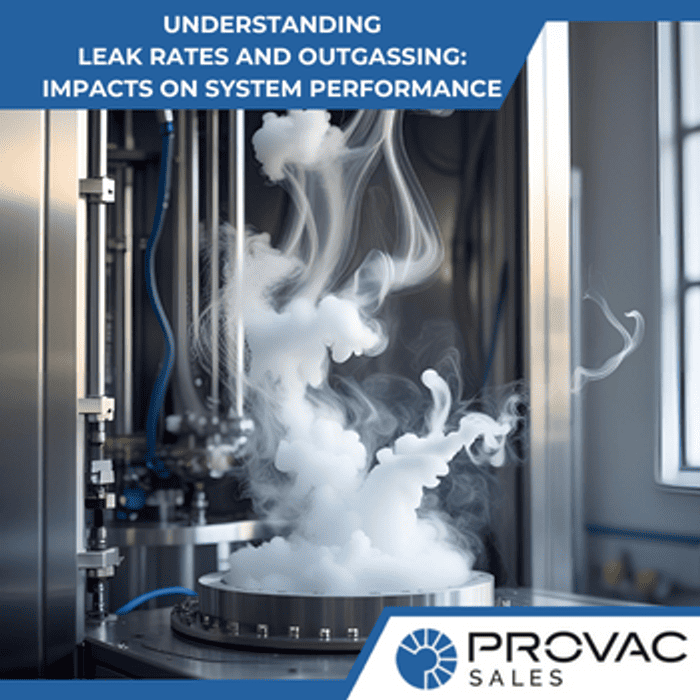The ambient noise level in a power plant is often extremely high because of the operating properties of the production machinery, which makes it difficult to locate leaks by ear. Although ultrasonic leakage detection is commonly applied on compressed air systems, it could also be used to locate leaks on vacuum systems.
Since the introduction of ultrasonic leak detection, equipment suppliers discovered that human ear detection comprises huge limitations, particularly in extremely noisy industrial environments. Loud background noise and various compressed air applications in industrial plants can quickly mask any audible sound released by leaks. This makes the hunt a very challenging task, whether or not it’s during quiet times.
A while back, researchers found out that a flow of gas moving from a certain pressure to another releases sound when it comes to the ultrasonic frequency spectrum. By utilizing electronic mixing circuits, you can bring down this ultrasonic signature to a frequency range that we can hear. However, relatively low-frequency industrial noise may also be filtered out. It provides ultrasonic detector operators with “superhuman” hearing that enables gas leaks, such as vacuum, to be easily heard in any noisy setting.
Typically, detection with ultrasonic guns implements a “point and shoot” method. This involves waving around a directional audible pick-up device until something is heard in a particular direction; then the operator follows the sound. The signal becomes louder and louder when the detector approaches the actual source. When this is very close to the leak, it becomes quite challenging to identify the exact location because of various factors. The leakage might be up in an inaccessible location or behind a protective barrier. The leak may often be in a sophisticated network of piping and hoses. It needs the operator to try and feel for that leakage within numerous fittings, which can create a safety risk.
Several instrument manufacturers have developed a new, more efficient method of locating and recording leaks. This “visual imager” method utilizes a video camera to provide a live image, and a range of different directional microphones to come up with a “heat map” of ultrasonic emissions above the visual display. The device produces an image representing both audible and visual signatures released by a leak, which makes the detection exercise a much easier task.
While utilizing an imager, the operator typically “points and shoots”. However, in this scenario, the ultrasonic emission displays as a live feed on the operator’s onboard video screen. This makes location detection much faster. As the operator nears the leak, the location gets easier to detect.
When shooting over other ultrasonic emitters, such as a bench filled with active compressed air-powered equipment, the leakage displays as a constant spot on the screen.
What are the challenges you might face when hunting for vacuum leaks?
In most cases, the challenging time to detect leaks is during production times. The most common issue is that there are numerous ultrasonic emitters in a busy factory. These are:
- Vacuum leaks & internal vacuum usage
- Compressed air leaks & internal compressed air usage
- Air intake from the scrap collection system
- Cooling fan blades
The visual imager requires line of site access to a leakage. That means you need to use an ultrasonic gun to detect the general leak area. Remember, this might be the rear of a machine or behind the cover.
Afterward, you need to use the imager to determine the exact location. Once you examine the visual image, you can identify the type of leak. So you can classify it as vacuum or compressed air, or another noisy emitter. During production, detecting waste resulting from leakage can be difficult since normal compressed air usage within the production equipment also produces an ultrasonic signal.
When it comes to non-production hours, leak detection can be much easier. When vacuum systems and internal compressed air are turned off, the leakage will remain, and you can easily detect it. However, some challenges may remain because of reflections. This is a problem for both the imager and the leak detection gun. Sound bouncing off a component’s surface may look and sound like a leak in an opposite direction, but is a false signal. Between the two detection techniques, the imager seems to be the easiest to utilize to fix the problem. By simply moving that camera from one side to another, the reflections can be discounted.
Low-pressure ventilation is another common issue when detecting leakage. For instance, the visual detector may show a large ultrasonic signal originating from a port inside a machine. Nonetheless, the source could be a fan-powered suction pickup utilized to collect paper scraps and not a leak.
Final thoughts
Using data loggers to monitor the vacuum system helps identify this system’s baseline, which consumes, in this situation, much more than the compressed air system of the plant. The customer can use this baseline to prove electrical savings and gain a huge utility incentive. Utilizing both the visual imager and ultrasonic gun assists to track down difficult-to-find leaks and is very effective when performed during non-production periods.





